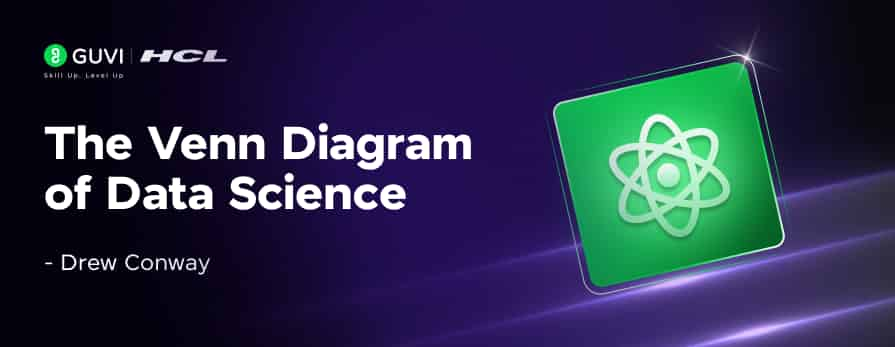
The Venn Diagram of Data Science – Drew Conway
Oct 08, 2025 3 Min Read 2765 Views
(Last Updated)
Do you always get confused about which skills to master while learning data science? Drew Conway’s venn diagram of data science will clear your confusion.
This blog covers the Drew Conway Venn diagram, how to read the Venn diagram and the important skills mentioned in the Venn diagram in detail. Along with the skills, to make your data science journey easier, we will provide you with the necessary resources to start and master your skills. Let’s get started!
Table of contents
- What is Data Science?
- What is a Venn diagram?
- Venn Diagram of Data Science - Drew Conway
- How to Read Drew Conway Diagram
- Hacking Skills
- Mathematics and Statistics
- Machine learning
- Research Scientist
- Danger Zone
- Data Scientist
- Getting Started with HCL Guvi
- Conclusion
- FAQs
- Q1. Do I need coding for data science?
- Q2. Is DSA required for data science?
- Q3. Which language is best for data science?
- Q4. What industries hire data scientists?
- Q5. Is data science a good career for freshers?
What is Data Science?
Before getting started with Venn diagrams, we will try to understand what data science is. By the name itself, we can say that it is a science about data. Data science is the study of data to extract meaningful information and insights. Data science is used to provide a data-driven solution to real-world problems. It includes maths, statistics, machine learning(ML), and artificial intelligence(AI).
What is a Venn diagram?
A Venn diagram is a graphical representation of one or more elements, including the similarities and differences between them. Each element is usually represented in a circle, and the overlapping between the circles is the similarity among the elements. If an element is drawn separately without any overlapping, then it does not have any similarities with other elements.
Venn Diagram of Data Science – Drew Conway
Drew Conway’s Venn diagram of data science gives a brief overview of the data science curriculum. Josh Wills, data scientist and engineer, says that,
A Data Scientist is a person who is better at statistics than any software engineer and better at software engineering than any statistician.
According to Drew Conway’s Venn diagram of data science, you need to know three main areas:
- Mathematics and Statistics
- Hacking Skills
- Substantive Expertise
- Hacking Skills + Mathematics and Statistics + Substantial Expertise = Data Scientist
- Hacking Skills + Mathematics and Statistics = Machine Learning Engineer
- Mathematics and Statistics + Substantial Expertise = Researcher
- Hacking Skills + Substantial Expertise = Danger Zone
How to Read Drew Conway Diagram
In this section, let’s understand the Drew Conway Venn diagram of data science and the skills involved.

Hacking Skills
You need to have hacker skills in this competitive environment. It does not mean to have excellent knowledge on hacking others’ systems or protecting from being hacked. It refers to having knowledge of command line interfaces(CLI) and manipulating text files.
Mathematics and Statistics
Mathematics and statistics skills help in handling, cleaning, and manipulating data. The first thing you should do after collecting data is to clean and preprocess the data according to the algorithm and problem statement. It is done using various mathematical and statistical techniques such as linear algebra, chi-square test, and so on.
Machine learning
According to Drew Conway, hacking skills + Mathematics and Statistics will lead you to machine learning. If you are aiming to become a machine learning engineer, then it is good. If you want to become a data scientist, then you should have substantial expertise where experimenting with different algorithms for a single problem will help you in achieving more accurate results.
Research Scientist
If you aim to become a research scientist, then you can learn Mathematics and Statistics + Substantial Expertise. This will help you in continuing your experiment with different algorithms and techniques so that you can contribute to the data science community.
Danger Zone
From the Venn diagram of data science, we can see that Hacking Skills + Substantial Expertise will lead to a danger zone. It’s because mathematics and statistics are essential skills for data science. Without any proper knowledge of mathematics and statistics, you will neither become a data scientist nor a machine learning engineer.
Data Scientist
And at last, learning Hacking Skills + Mathematics, Statistics, + Substantial Expertise will lead you to become a Data Scientist. According to your expertise, you can start from any skill. Our advice for you would be to start from hacking skills, master mathematics and statistics, and experiment with different techniques.
Getting Started with HCL Guvi
To learn about each data science subject, you do not need to go and look for resources on the internet. We provide you with the best roadmap and a bootcamp course that covers all the necessary data science subjects with detailed doubt-clearing sessions.
Check out HCL Guvi’s FREE E-book on Master the Art of Data Science – A Complete Guide. It provides a detailed data science roadmap and guide to start your career in data science. This is a great way to start your career.
Incorporating emerging trends into data science will fuel the rapid growth of this field, unlocking countless opportunities for aspiring data scientists. If you’re ready to take advantage of this moment and launch your career, enroll in HCL Guvi’s industry-recognized, certified Data Science course today.
Conclusion
Drew Conway’s Venn diagram of data science explains the skills and expertise you need to become a data scientist. It also mentions the cons of missing a skill and what it leads to. To summarize, hacking skills, plus mathematics and statistics, plus substantial expertise, will lead you to become a successful data scientist. While leaving any one of the skills leads you to either a successful machine learning or a danger zone. By understanding the importance of these skills and your interest, choose the skill wisely. Happy Learning!
FAQs
Q1. Do I need coding for data science?
Yes, coding is an essential skill for data science. Being comfortable with coding is crucial for tasks like data manipulation, building machine learning models, and automating processes. Python and R are the most commonly used programming languages in data science, and they have extensive libraries to make your job easier.
Q2. Is DSA required for data science?
Yes, Data Structures and Algorithms (DSA) are important for data science, especially for machine learning and data engineering. DSA helps with data management, analysis, and problem solving. It can also help you write efficient code. You can expect DSA-based coding challenges during the interview.
Q3. Which language is best for data science?
The most popular and widely used language for data science is Python. It’s beginner-friendly, has a rich ecosystem of libraries (like Pandas, NumPy), and is great for tasks like data cleaning, analysis, and machine learning. For those working on large-scale systems, Scala and Julia are gaining popularity as well, especially for machine learning and high-performance tasks.
Q4. What industries hire data scientists?
Data scientists are in demand everywhere from tech giants like Google and Amazon to healthcare, finance, retail, and entertainment. Almost every industry is tapping into data to drive smarter decisions.
Q5. Is data science a good career for freshers?
Absolutely! With the booming demand for data-driven insights, freshers with strong analytical skills and a passion for learning can easily find opportunities and grow rapidly in the field.


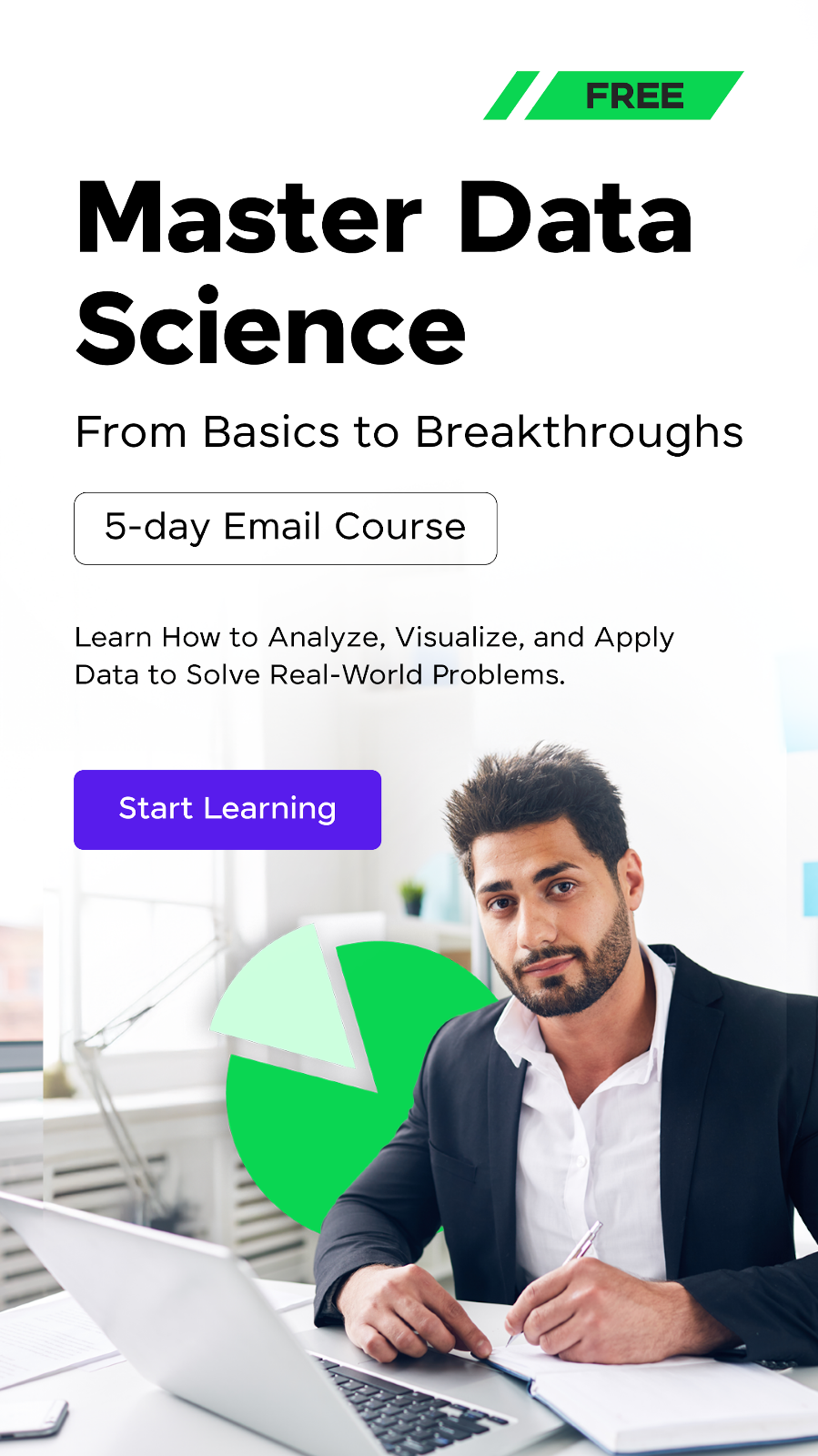













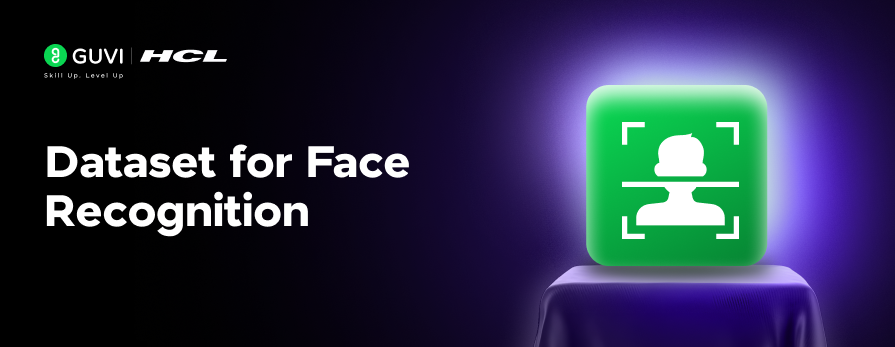
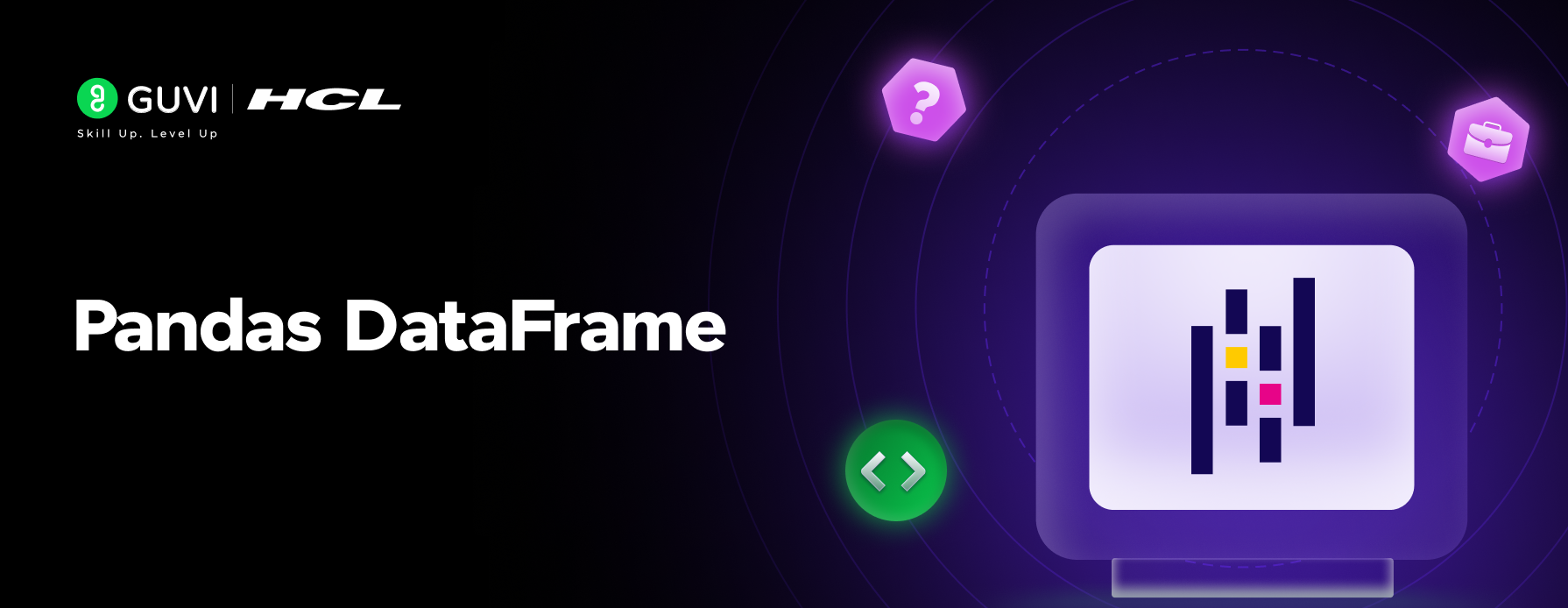
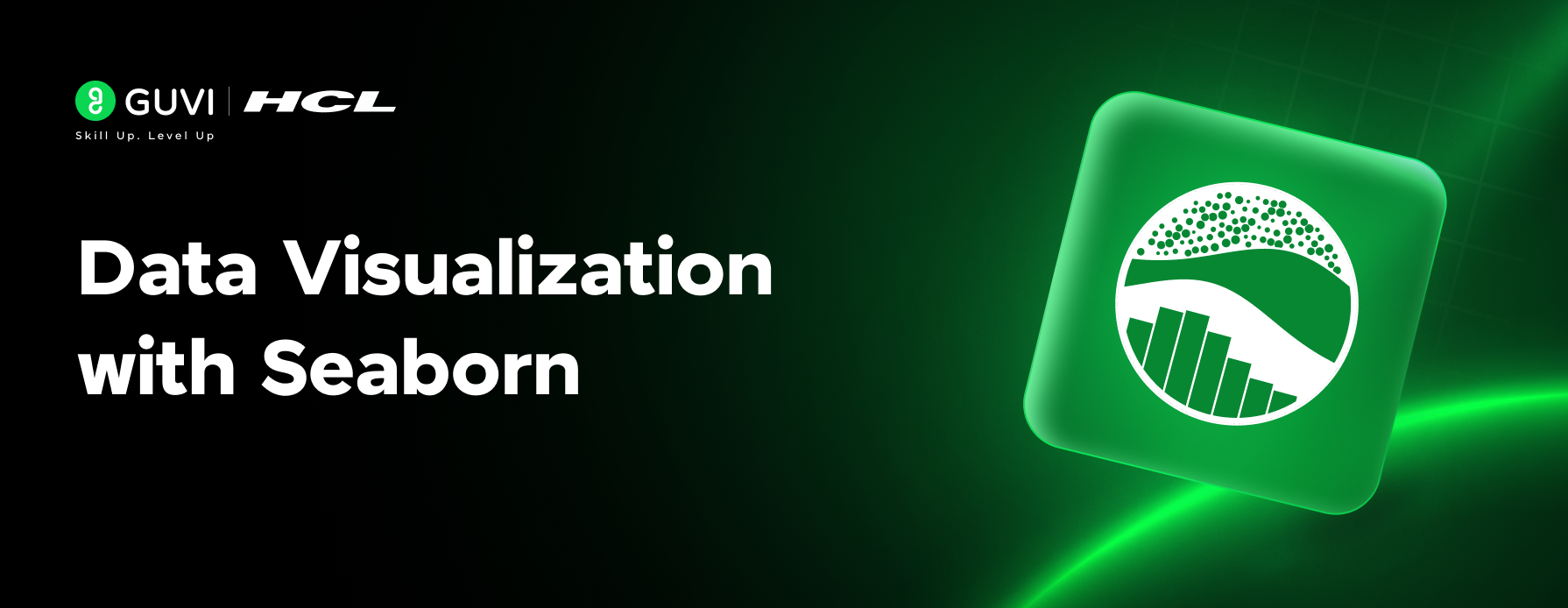
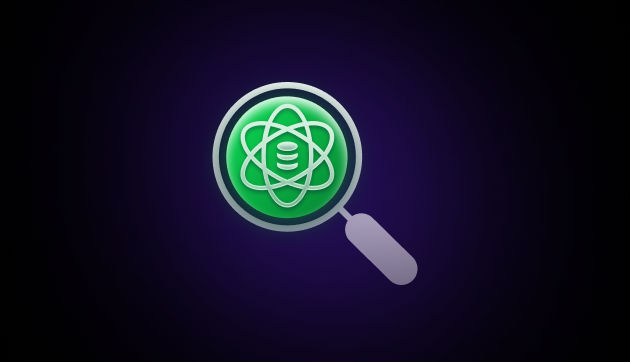
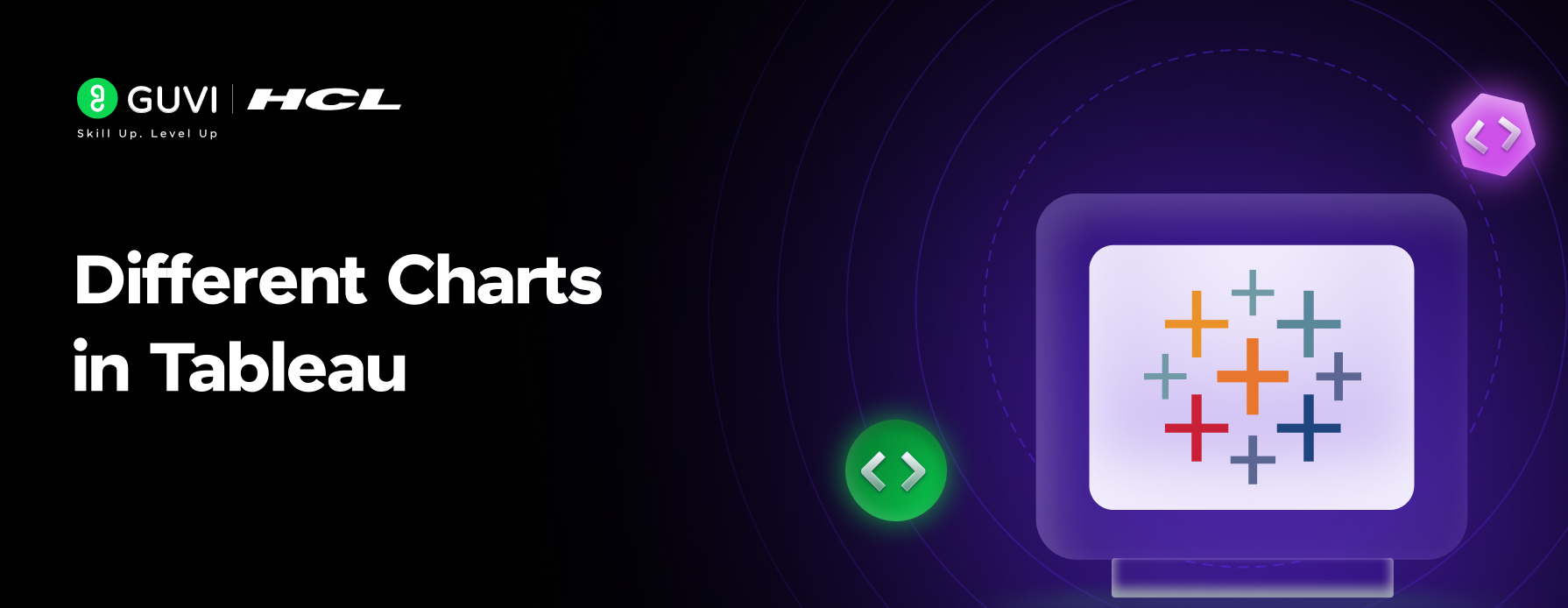
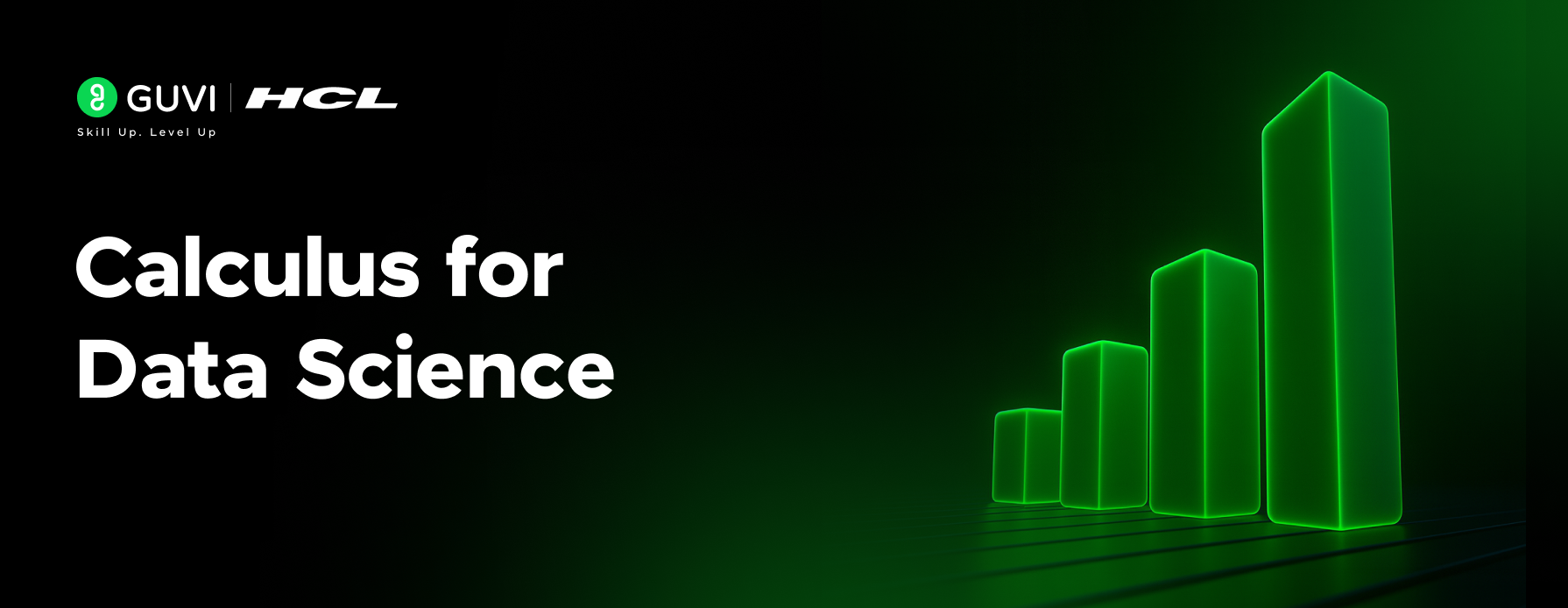
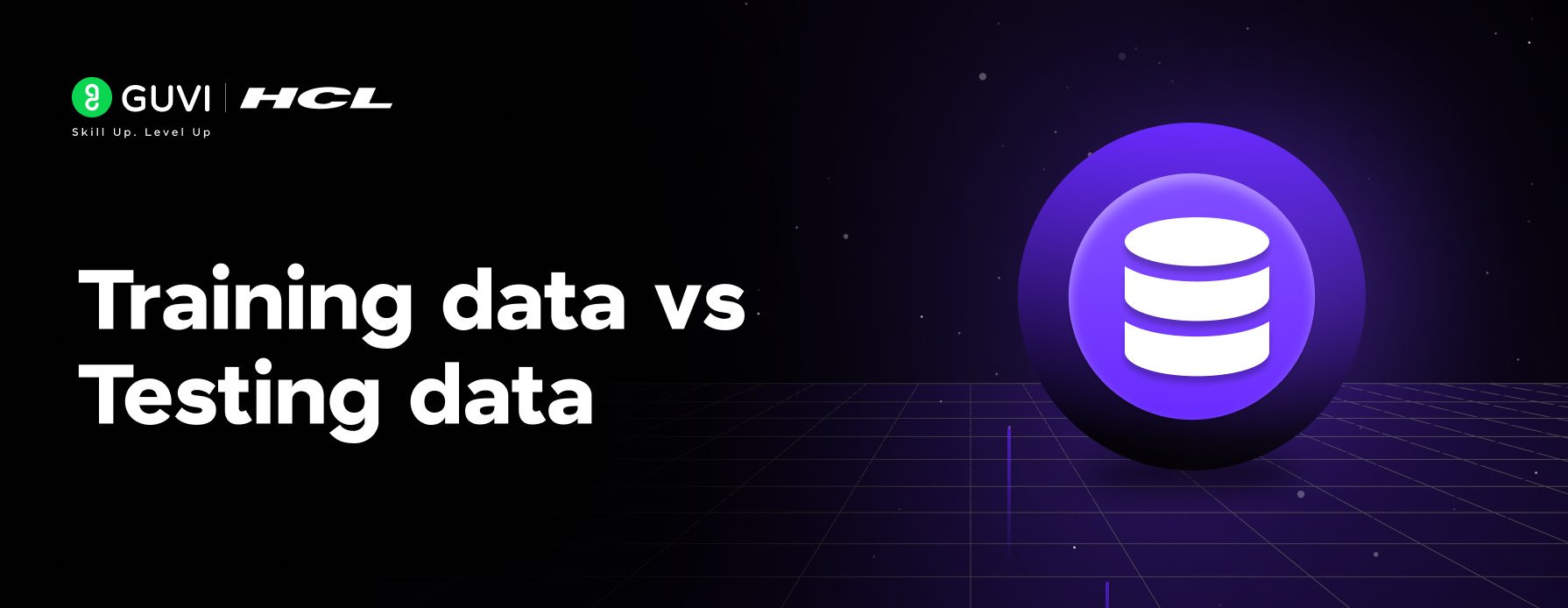
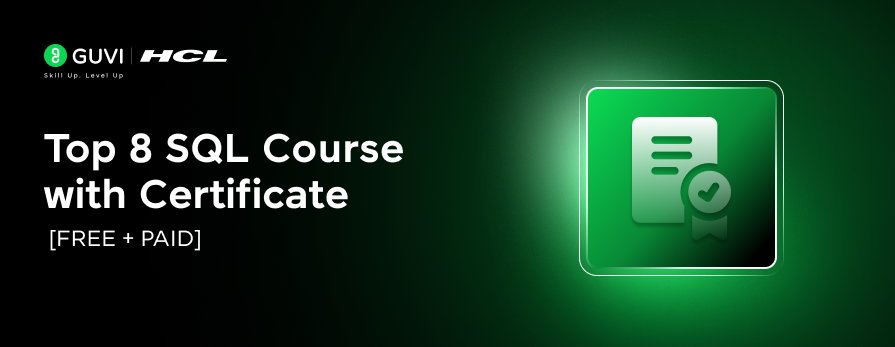





Did you enjoy this article?